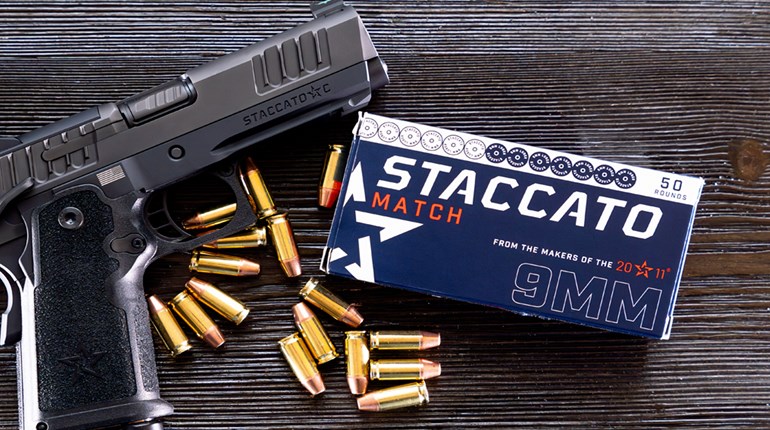
There is no American-made rifle more iconic than the lever action. Even in today’s long-range world, the lever action rifle remains popular. It's popular as a first gun for a new hunter, and it's popular as a woods rifle for seasoned veterans. One of the limiting features of lever action rifles, like the tube fed Marlins and Winchesters, has always been the inability to load pointed bullets in the magazine, for fear of a bullet’s sharp nose setting off the primer on the cartridge ahead of it.
In 2005 Hornady solved this worry with the introduction of its Flex Tip bullet. Hornady replaced the common hard Delrin tip used in a variety of spitzer-type bullets, like its SST and Nosler’s Ballistic Tip, with a soft, malleable rubber tip. This rubber-like tip served three purposes. First, it was soft enough to eliminate the worry of setting off the primer on the cartridge in front of it. Second, its sharpness increased the ballistic coefficient of the bullet so that it would fly flatter. And finally, due to the malleability of the tip, it helped initiate expansion as it was pressed into the core of the bullet.
 Sometimes problems that seem complicated are solved in a simple manner, and that’s how Hornady circumvented the restriction of pointy bullets in tube fed lever guns. These bullets were loaded in Hornady’s aptly named LEVERevolution ammunition and, quite frankly, revolutionized lever-action rifles. Hunters started looking at lever guns in a new light, because of the ammunition they now had on hand.
Sometimes problems that seem complicated are solved in a simple manner, and that’s how Hornady circumvented the restriction of pointy bullets in tube fed lever guns. These bullets were loaded in Hornady’s aptly named LEVERevolution ammunition and, quite frankly, revolutionized lever-action rifles. Hunters started looking at lever guns in a new light, because of the ammunition they now had on hand.
If there’s a complaint with the FTX bullet, it’s the same complaint that has plagued cup and core bullets since their inception more than 100 years ago. Sometimes the core can seperate from the jacket of a cup and core bullet. Now, as bad as this might sound, it’s only a real problem if this separation occurs very early during penetration. If that happens, penetration suffers and so does wounding. I’ve seen jacket and core separation with a number of bullets and I’ve seen it with the FTX.
However, I’ve never seen the jacket and core of an FTX bullet separate during initial penetration. Typically when it occurs, it’s at the end of penetration where the jacket begins to slow, due to its expansion, and the core pops out because it is heavier and harder to stop. Most frequently, the core is still inside the expanded jacket, it just falls out when the bullet is pulled from the dead deer. Such was the case with the whitetail buck I shot at about 20 yards with a .30-30 Winchester.
One thing is for sure, Hornady FTX bullets are totally deer capable and they extend your range with a lever gun. Hornady is even applying these Flex Tips to other cartridges like the .300 Blackout because they enhance expansion at low velocity.





































